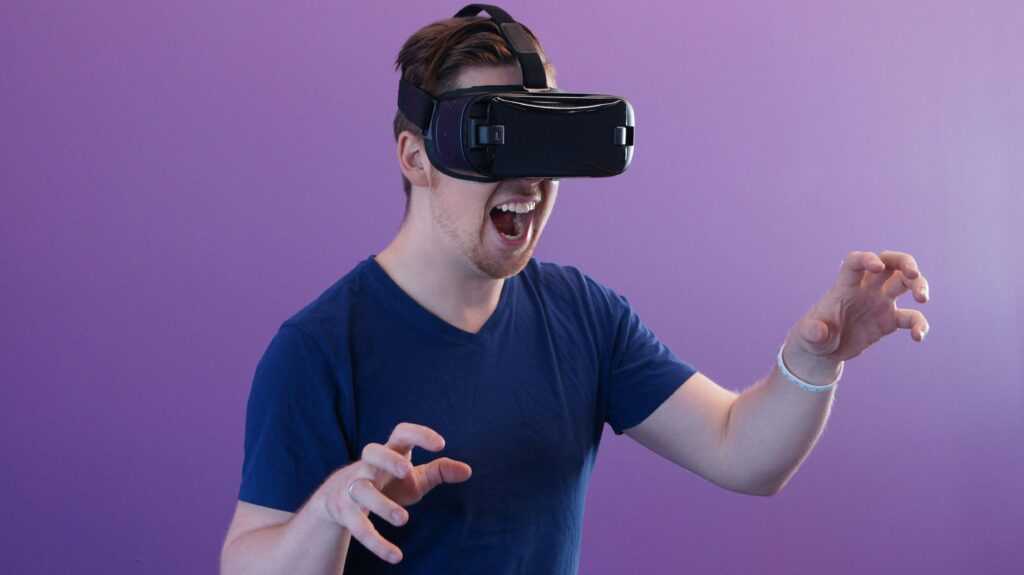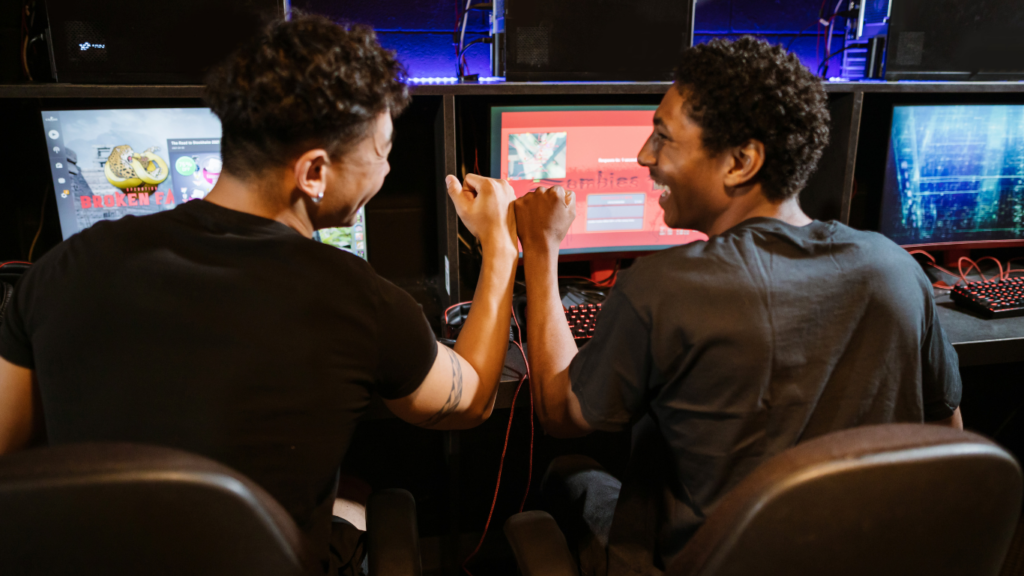Venturing into the immersive world of Virtual Reality (VR) gaming opens up a realm where creativity knows no bounds. As I delve into the dynamic landscape of user-created content, I uncover the pivotal role it plays in shaping vibrant VR gaming communities.
In this article, I’ll explore how user-generated materials are revolutionizing the way players interact, collaborate, and innovate within virtual realms. From custom avatars to personalized game levels, user-created content empowers gamers to tailor their virtual experiences to match their unique preferences.
As a passionate advocate for community-driven initiatives, I’ve witnessed firsthand how user-generated content fosters a sense of ownership and camaraderie among VR enthusiasts. Join me on a journey to discover the impact of user-created content in enhancing immersion, engagement, and overall enjoyment in VR gaming environments.
The Impact of User-Created Content in VR Gaming Communities
User-created content plays a pivotal role in shaping VR gaming communities, enriching the overall experience for players.
Enhancing User Experience through Customization
Customization in VR gaming allows players to personalize their avatars, game environments, and experiences, leading to a more immersive and tailored gameplay.
Fostering Community Engagement and Interaction
User-generated content fosters community engagement by enabling players to share their creations, collaborate on projects, and interact within the virtual world, creating a sense of connectivity and camaraderie among VR enthusiasts.
Platforms for User-Created Content in VR Gaming
When it comes to Virtual Reality (VR) gaming, several platforms empower users to create their own content, enhancing the overall gaming experience.
- Unity: Unity stands out as a popular platform for creating VR content due to its user-friendly interface and extensive library of tools and assets.
- Unreal Engine: Unreal Engine is another widely used platform known for its advanced graphics capabilities and flexibility in developing VR content.
- Sketchfab: Sketchfab offers a unique platform for sharing 3D content in VR, allowing users to exhibit their creations and explore a diverse range of user-generated VR experiences.
- Tilt Brush: Tilt Brush provides a creative space for users to design immersive VR artwork, adding a touch of personalization to the virtual environment.
- Oculus Medium: Oculus Medium caters to users interested in sculpting and creating 3D models, offering intuitive tools for designing intricate VR objects.
- Modbox: Modbox is a VR sandbox game that not only allows users to create content but also enables them to collaborate with others in building interactive experiences within VR.
By harnessing the capabilities of these platforms, VR gamers can unleash their creativity, contribute to the VR gaming community, and forge unique virtual experiences that resonate with fellow enthusiasts.
Challenges and Opportunities of User-Created Content in VR Gaming Communities
In examining the dynamics of user-created content within VR gaming environments, I’m keenly aware of the dual nature of challenges and opportunities that this phenomenon presents. Let’s delve into the intricacies of navigating these aspects within VR gaming communities.
Challenges
When it comes to user-generated content in VR gaming communities, one prevalent challenge is ensuring quality control. Given the open nature of content creation, maintaining consistent quality standards can be a significant hurdle.
Ensuring that user-generated materials meet certain criteria for immersion, functionality, and aesthetics is crucial to preserving the overall gaming experience. Another obstacle to consider is the issue of intellectual property rights. With user-created content, there is always the risk of copyright infringement or unauthorized use of existing assets.
Navigating the legal aspects of user-generated materials requires vigilance and clear guidelines to protect both creators and the integrity of the VR gaming community.
Opportunities
On the flip side, the realm of user-created content in VR gaming communities offers a plethora of exciting opportunities. One key advantage is the potential for unlimited creativity and innovation. By empowering users to design and share their virtual creations, VR gaming platforms spark a wave of fresh ideas and imaginative content that can enhance the overall gaming experience.
Additionally, user-generated content opens doors for community engagement and collaboration. VR gamers have the unique chance to connect with like-minded individuals, share their creations, and collaborate on projects that push the boundaries of virtual reality.
This collaborative spirit fosters a sense of belonging and shared experiences among community members, enriching the social fabric of VR gaming environments.
By embracing the challenges and opportunities that come with user-created content in VR gaming communities, we can navigate this dynamic landscape with a blend of creativity, caution, and collaboration. This balance allows us to harness the full potential of user-generated materials while safeguarding the integrity and vitality of VR gaming communities.



